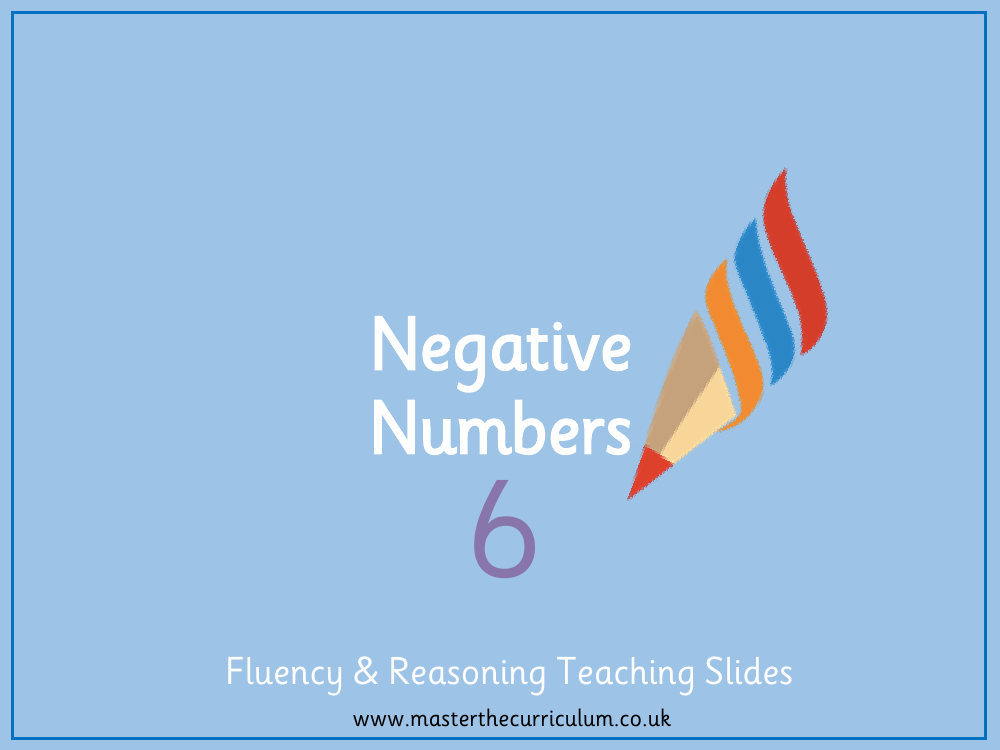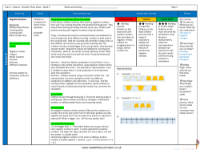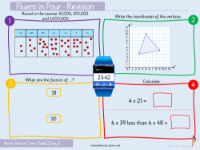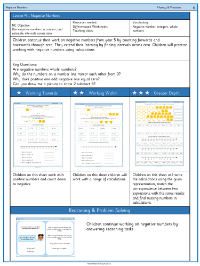Place Value - Negative Numbers (1) - Presentation

Maths Resource Description
Understanding negative numbers is a fundamental aspect of mathematics, and this series of activities is designed to help Year 6 students grasp the concept of negative values through visual and practical examples. One method used to explain negative numbers involves sandcastles and holes, where each sandcastle represents a positive one (+1) and each hole represents a negative one (−1). For instance, when combining two sandcastles with three holes, two sandcastles fill the holes, leaving one sandcastle, which equals positive one. Another example shows that if three sandcastles are removed and an additional hole is dug, representing the subtraction of four sandcastles, it results in negative one. This visual approach aids students in understanding the addition and subtraction of positive and negative numbers.
The teaching material further includes activities that incorporate a number line to explore negative numbers. Students are prompted to use the number line to find the result of operations such as adding and subtracting negative and positive numbers, and to understand the concept of zero. For example, they explore why positive one added to negative one equals zero and the difference between numbers on opposite sides of zero. Real-life scenarios, such as bank account balances, are also used to contextualise negative numbers. In these scenarios, students calculate the new account balance after making purchases that exceed the current balance, resulting in a negative amount. Additionally, reasoning activities challenge students to reflect on properties of negative numbers, such as the number of floors in a building extending above and below ground level, and the patterns observed when counting forwards and backwards in tens across zero.



